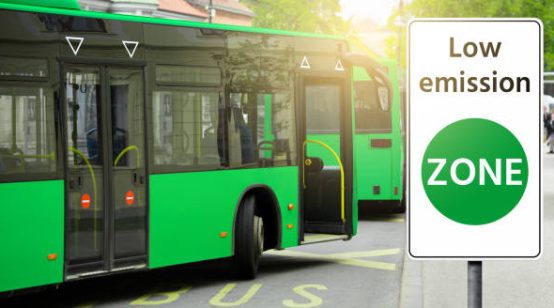
Renewable sources last year overtook coal to become Germany’s biggest source of electricity for the first time, boosted by an increase in the spread of solar panels and coal-plant closures.
Germany aims to generate 65 per cent of its energy from renewables by 2030, abandon nuclear energy by 2022 and break its reliance on coal.
Wind, solar, hydro and biomass generated more than 40 per cent of German electricity last year, overtaking coal with 39 per cent, the Fraunhofer Institute reported.
“In 2018, solar and wind produced 157 TWh [terawatt-hours] jointly – that is more than lignite coal, hard coal and nuclear power,” wrote Fraunhofer ISE in its report.
An almost 20-per-cent increase in solar capacity, the closure of ageing coal-powered stations and favourable weather combined to push coal into second place.
Solar photovoltaics saw the highest growth rate among all electricity sources. The institute reported that PV grew by 6.3 TWh to 45.7 TWh last year.
This translates into an increase of 16 per cent and allowed PV to make up 8.4 per cent of the public electricity supply. The example might inspire the sun-kissed Mediterranean EU member states to invest more heavily in solar projects.
Hydropower generation fell partly because of the long, dry summer. Its contribution to the public electricity supply dropped by 15.2 per cent to reach 17 TWh. This is the second-lowest production figure in 30 years, according to the report. Only in 1991 did hydropower make a smaller share, Fraunhofer said.
“[Renewables] will not fall below 40 per cent in 2019 because more renewable installations are being built and weather patterns will not change that dramatically,” said Bruno Burger, author of the Fraunhofer study.
Berlin has seen its emissions reductions targets for the end of the decade slip out of reach despite heavy investment in renewables.
Wind energy also increased over the last year, producing 5.4 per cent more than last year, reaching 111 TWh, with wind power making up 20.4 per cent of net electricity generation. Wind was the second-largest energy source after lignite coal. Wind production capacity last month peaked at 45.9 gigawatts.
Germany was a net exporter of energy last year with its main markets being the Netherlands and France.
Nuclear sources are being heavily phased out, as a consequence of the 2011 Fukushima disaster. A government commission set up to produce a phase-out plan for coal is due to report its findings next month.
Filthy lignite remains far too dominant in German energy supplies. Picture credit: Wikimedia





